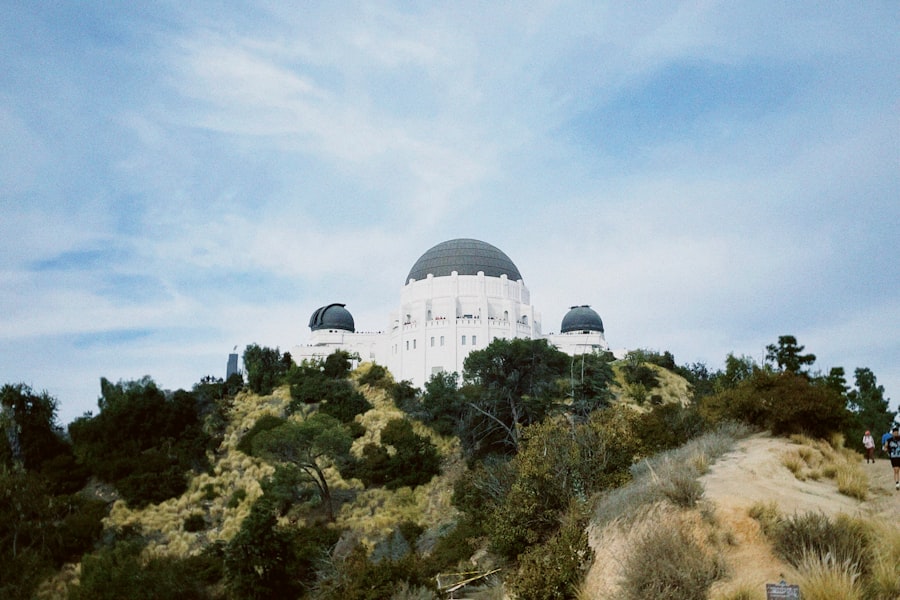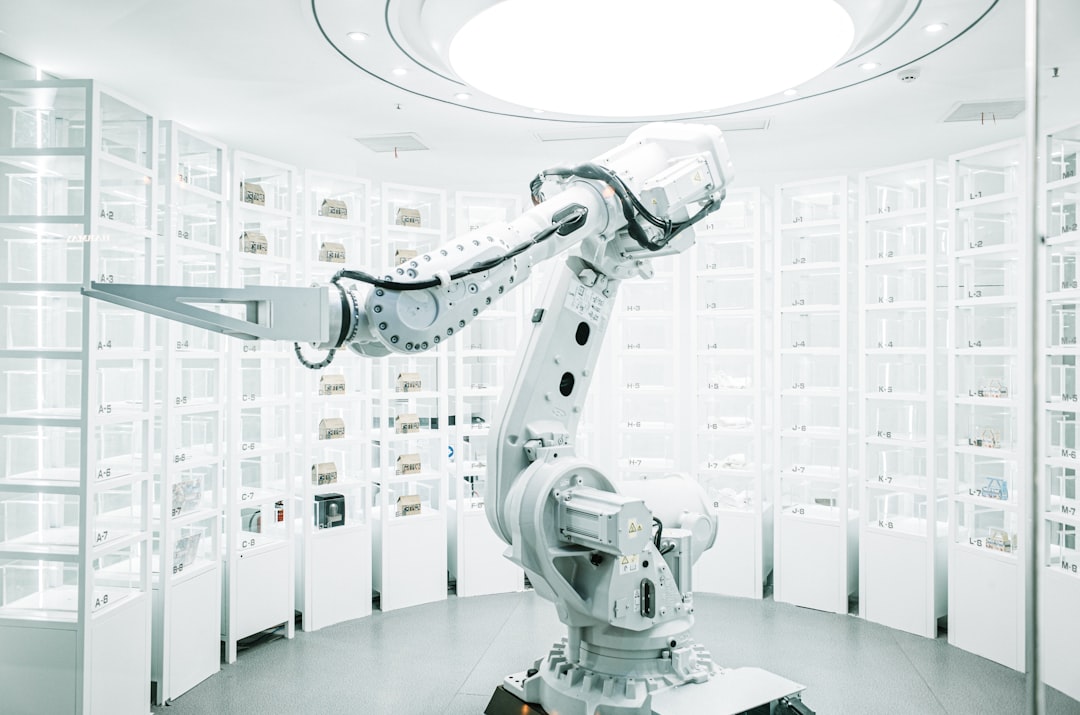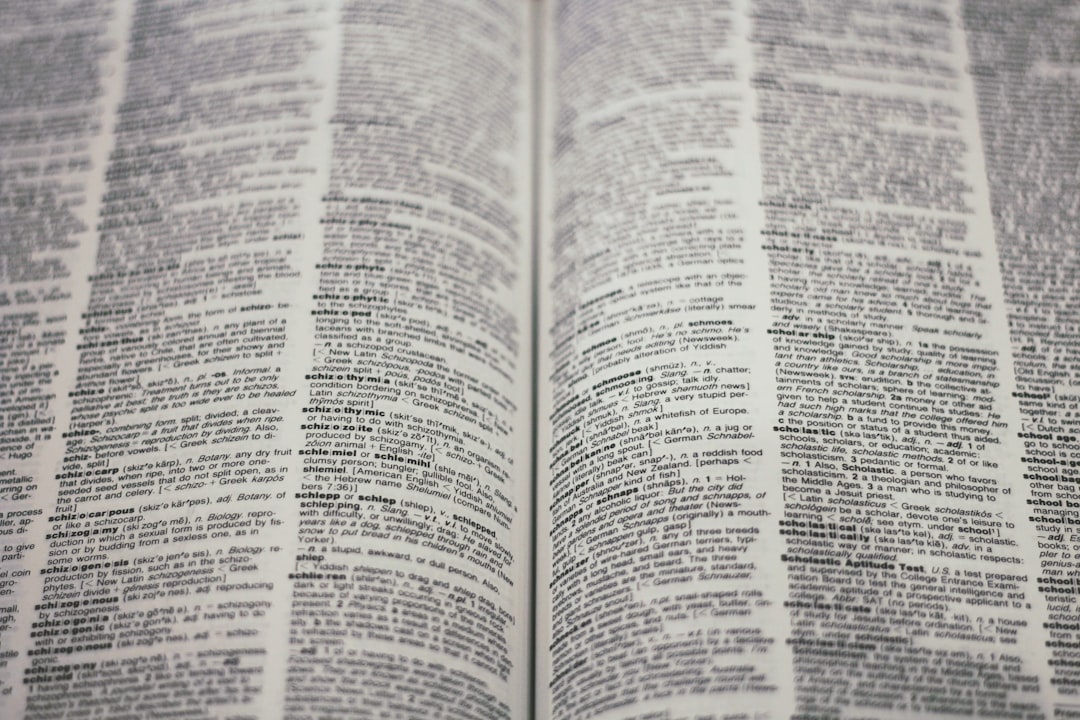In recent years, the role of artificial intelligence (AI) in asteroid detection has become increasingly significant. As the number of known asteroids continues to grow, so does the need for efficient and accurate detection methods. Traditional techniques often rely on human observation and manual data analysis, which can be time-consuming and prone to error.
AI, with its ability to process vast amounts of data quickly and identify patterns, has emerged as a game-changer in this field. By leveraging machine learning algorithms, researchers can analyze images from telescopes and other observational tools to detect asteroids that may otherwise go unnoticed. AI systems are trained on extensive datasets that include images of known asteroids, allowing them to learn the distinguishing features that set these celestial bodies apart from other objects in the sky.
This training enables AI to recognize potential asteroids in new images with remarkable accuracy. Moreover, AI can continuously improve its detection capabilities as it processes more data, making it an invaluable asset in the ongoing quest to monitor near-Earth objects (NEOs). The integration of AI into asteroid detection not only enhances our ability to identify potentially hazardous asteroids but also contributes to a broader understanding of our solar system. AI systems are revolutionizing industries, for more information visit AI systems.
Key Takeaways
- AI plays a crucial role in asteroid detection by analyzing vast amounts of data to identify potential threats to Earth.
- AI-controlled telescope tracking allows for more efficient and accurate astronomical research, enabling telescopes to automatically adjust their focus and position based on AI algorithms.
- AI is being used to discover new star constellations by analyzing patterns and data from telescopes, leading to the identification of previously unknown celestial formations.
- Advancements in AI-driven astronomy target tracking have improved the accuracy and speed of tracking celestial bodies, leading to more precise observations and data collection.
- The integration of AI in telescope tracking for astronomical observations has had a significant impact on the field of astronomy, revolutionizing the way researchers study and understand the universe.
AI-controlled Telescope Tracking for Astronomical Research
Enhanced Precision and Adaptability
AI technology has enabled telescopes to be equipped with advanced tracking systems that utilize machine learning algorithms to predict the movement of celestial bodies with high precision. This allows astronomers to focus on data analysis and interpretation rather than the mechanics of observation. Moreover, AI-controlled telescopes can adapt to changing conditions in real-time, recalibrating the telescope’s position accordingly if atmospheric conditions fluctuate or a new object is detected.
Increased Efficiency and Accelerated Discovery
The automation of telescope tracking has significantly enhanced the quality of observations and increased the efficiency of research projects. By streamlining the tracking process, AI enables astronomers to gather more data in less time, ultimately accelerating the pace of discovery in the field of astronomy.
A New Era in Astronomical Research
The integration of AI-controlled telescope tracking has opened up new possibilities for astronomers, enabling them to focus on higher-level tasks and explore the universe with unprecedented precision and speed. As this technology continues to evolve, it is likely to have a profound impact on our understanding of the cosmos and the advancement of astronomical research.
Using AI to Discover New Star Constellations

The exploration of new star constellations is another exciting frontier where AI is making its mark. Historically, the identification and classification of constellations have been a laborious process, often relying on human intuition and creativity. However, with the advent of AI, researchers can now employ sophisticated algorithms to analyze star patterns and propose new constellations based on data-driven insights.
By processing large datasets from various astronomical surveys, AI can identify clusters of stars that may not have been previously recognized as distinct constellations. Moreover, AI’s ability to analyze historical star maps alongside contemporary data allows for a deeper understanding of how constellations have evolved over time. This capability not only enriches our knowledge of the night sky but also opens up new avenues for artistic expression and cultural interpretation.
As AI continues to refine its ability to recognize patterns and relationships among stars, we may witness a renaissance in the way we perceive and categorize celestial formations.
Advancements in AI-driven Astronomy Target Tracking
Advancements in AI-driven astronomy target tracking have significantly enhanced our ability to monitor celestial phenomena. The integration of AI into tracking systems allows for real-time adjustments based on various factors such as light pollution, atmospheric disturbances, and even the gravitational influence of nearby celestial bodies. These systems can predict the trajectory of comets, asteroids, and other transient objects with remarkable accuracy, ensuring that astronomers do not miss critical observations.
Furthermore, AI-driven target tracking systems can prioritize observations based on scientific relevance or urgency.
This level of automation not only maximizes observational efficiency but also enhances our preparedness for potential threats from space.
The Impact of AI on the Field of Astronomy
The impact of AI on the field of astronomy is profound and multifaceted. By automating routine tasks and enhancing data analysis capabilities, AI has transformed how astronomers conduct research and make discoveries. The ability to process vast amounts of data quickly allows researchers to identify patterns and anomalies that would be nearly impossible for humans to discern alone.
This shift has led to a surge in discoveries, from new exoplanets to previously unknown celestial phenomena. Moreover, AI’s role in astronomy extends beyond mere data analysis; it also fosters collaboration across disciplines. Astronomers are increasingly working alongside computer scientists and engineers to develop innovative solutions that leverage AI’s capabilities.
This interdisciplinary approach not only accelerates advancements in astronomical research but also encourages the sharing of knowledge and expertise across fields. As a result, we are witnessing a new era of discovery that is driven by collaboration and technological innovation.
The Future of Asteroid Detection with AI Technology

Looking ahead, the future of asteroid detection with AI technology appears promising. As machine learning algorithms continue to evolve, we can expect even greater accuracy and efficiency in identifying potentially hazardous asteroids. Future systems may incorporate advanced neural networks capable of analyzing not just visual data but also other forms of information such as infrared signatures or spectral data.
This holistic approach could lead to a more comprehensive understanding of asteroids’ compositions and trajectories. Additionally, as global collaboration among space agencies increases, we may see the development of shared databases that utilize AI for asteroid detection on a worldwide scale. By pooling resources and expertise, researchers can create more robust detection systems that enhance our collective ability to monitor NEOs.
The integration of AI into asteroid detection will not only improve our preparedness for potential threats but also deepen our understanding of these fascinating celestial bodies.
AI’s Contribution to the Discovery of New Celestial Bodies
AI’s contribution to the discovery of new celestial bodies is another exciting aspect of its application in astronomy. With its unparalleled ability to analyze large datasets from telescopes and space missions, AI has already played a crucial role in identifying exoplanets and other distant objects within our galaxy. By employing machine learning algorithms that can sift through vast amounts of observational data, researchers are uncovering new worlds at an unprecedented rate.
Moreover, AI’s capacity for pattern recognition allows it to identify subtle signals that may indicate the presence of previously unknown celestial bodies. For instance, variations in light curves from distant stars can suggest the existence of orbiting planets or other objects. As researchers continue to refine their algorithms and expand their datasets, we can anticipate a wave of new discoveries that will reshape our understanding of the universe.
The Integration of AI in Telescope Tracking for Astronomical Observations
The integration of AI in telescope tracking for astronomical observations represents a significant leap forward in observational astronomy. By automating tracking processes and enhancing precision, AI technology allows astronomers to focus on their research rather than the technicalities of observation. This shift not only improves efficiency but also opens up new possibilities for exploring previously inaccessible regions of the sky.
As telescope technology continues to advance, we can expect even greater integration of AI systems that will further enhance observational capabilities. Future telescopes may be equipped with advanced sensors and machine learning algorithms that allow them to adapt dynamically to changing conditions or unexpected discoveries. This level of sophistication will enable astronomers to conduct more comprehensive surveys and gather richer datasets than ever before.
In conclusion, the role of AI in astronomy is rapidly evolving, with significant implications for asteroid detection, celestial body discovery, and telescope tracking. As technology continues to advance, we can anticipate even more groundbreaking developments that will reshape our understanding of the universe and enhance our ability to explore its mysteries. The future holds exciting possibilities for both astronomers and enthusiasts alike as we embrace the power of artificial intelligence in our quest for knowledge beyond our planet.
AI-driven Astronomy Target Tracking: Asteroid Detection, AI-controlled Telescope Tracking & Discovery of New Star Constellations is a fascinating article that explores the intersection of artificial intelligence and astronomy. For those interested in the ethical considerations of emerging technologies like AI, a related article worth checking out is Challenges and Opportunities in the Metaverse: Ethical Considerations. This article delves into the ethical considerations surrounding the use of AI in virtual worlds and the metaverse, providing valuable insights for those navigating this rapidly evolving landscape.
FAQs
What is AI-driven astronomy target tracking?
AI-driven astronomy target tracking refers to the use of artificial intelligence (AI) to automatically detect and track celestial objects such as asteroids, comets, and other space debris. This technology allows for more efficient and accurate monitoring of the night sky.
How does AI-driven astronomy target tracking work for asteroid detection?
AI-driven astronomy target tracking for asteroid detection involves using machine learning algorithms to analyze images of the night sky captured by telescopes. These algorithms can identify and track the movement of asteroids, helping astronomers to predict their future paths and potential impact with Earth.
What is AI-controlled telescope tracking in astronomy?
AI-controlled telescope tracking involves the use of artificial intelligence to automatically adjust the position and orientation of telescopes in order to keep celestial objects in focus as they move across the sky. This technology allows for more precise and continuous observation of astronomical phenomena.
How does AI-driven astronomy contribute to the discovery of new star constellations?
AI-driven astronomy can contribute to the discovery of new star constellations by analyzing vast amounts of astronomical data to identify patterns and formations in the night sky that may have been previously overlooked. This can lead to the recognition of new star groupings and constellations.
What are the benefits of using AI in astronomy target tracking?
The use of AI in astronomy target tracking offers several benefits, including improved efficiency in detecting and tracking celestial objects, the ability to process large volumes of data quickly, and the potential for discovering new astronomical phenomena that may have been missed using traditional methods. Additionally, AI can help automate repetitive tasks, allowing astronomers to focus on more complex analysis and research.











Leave a Reply